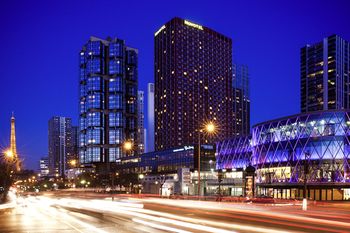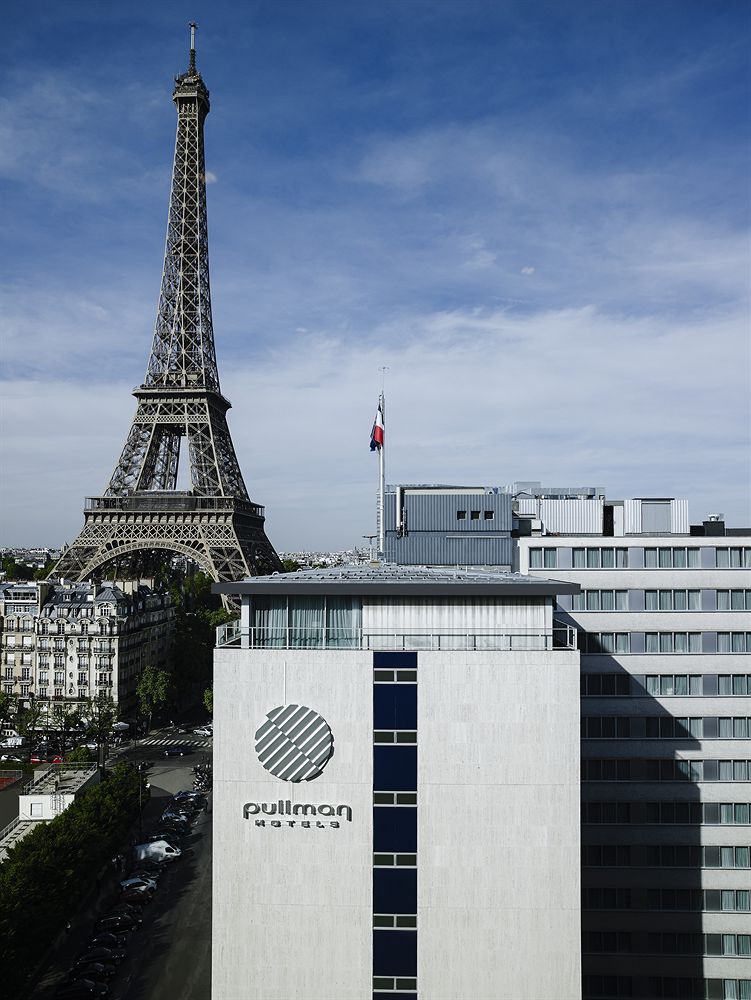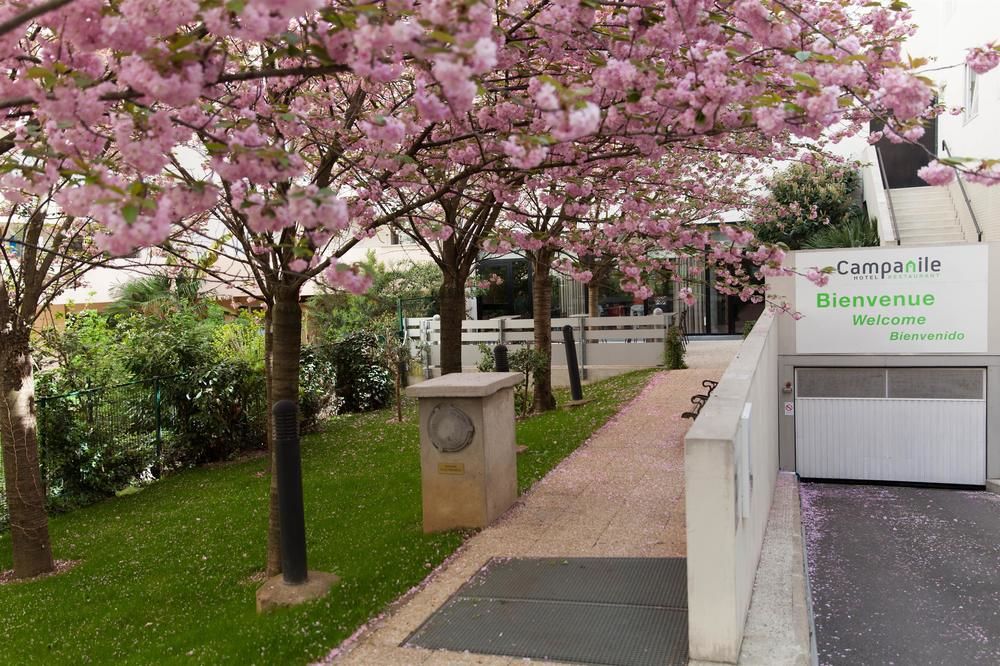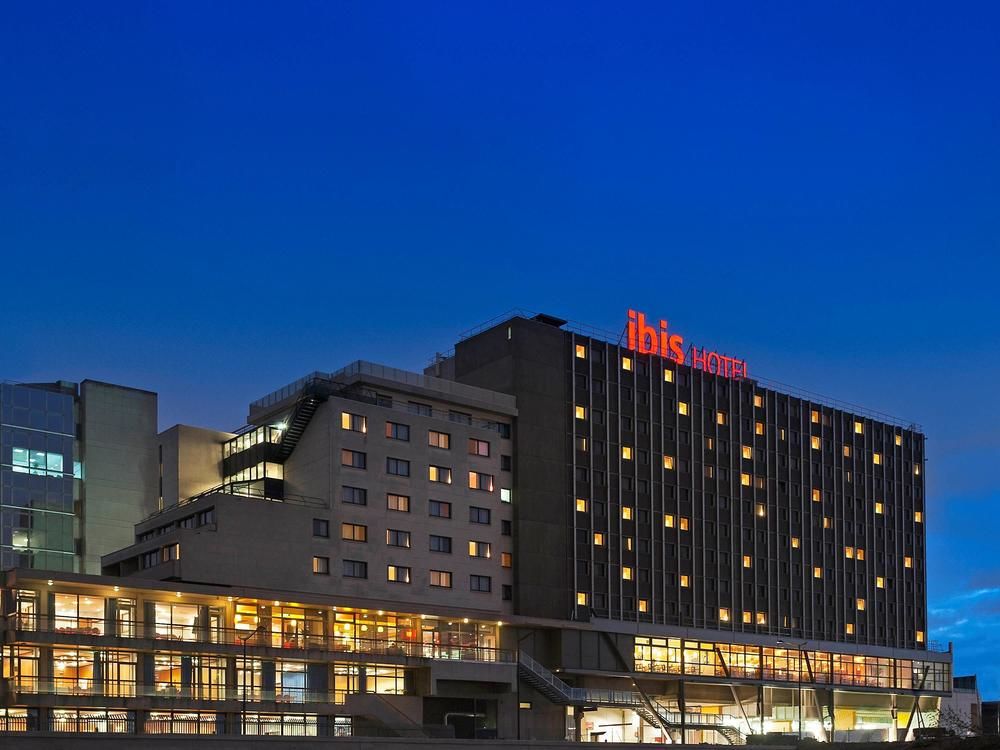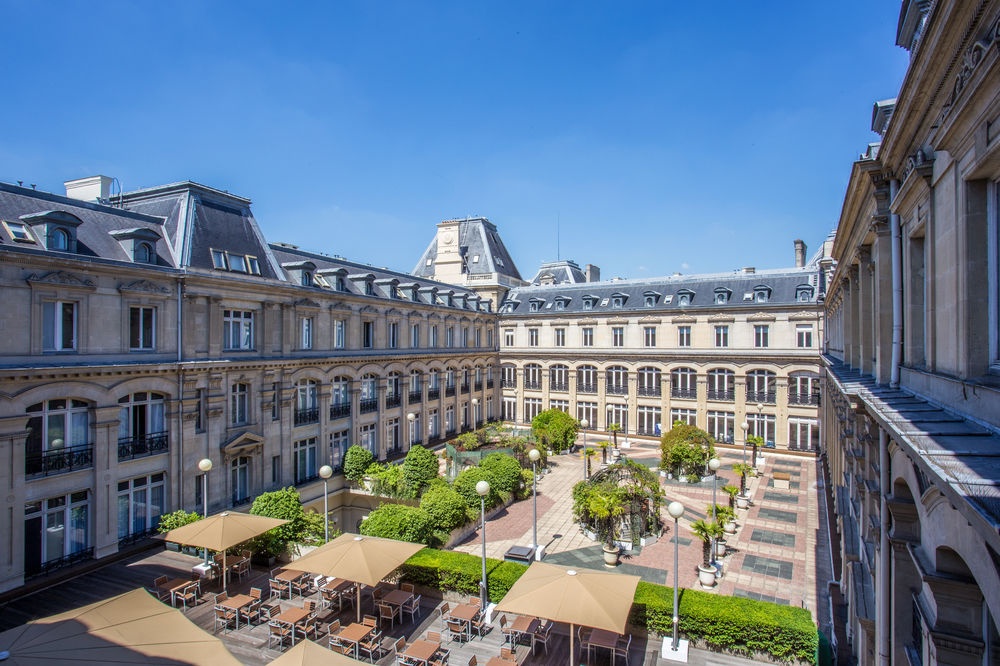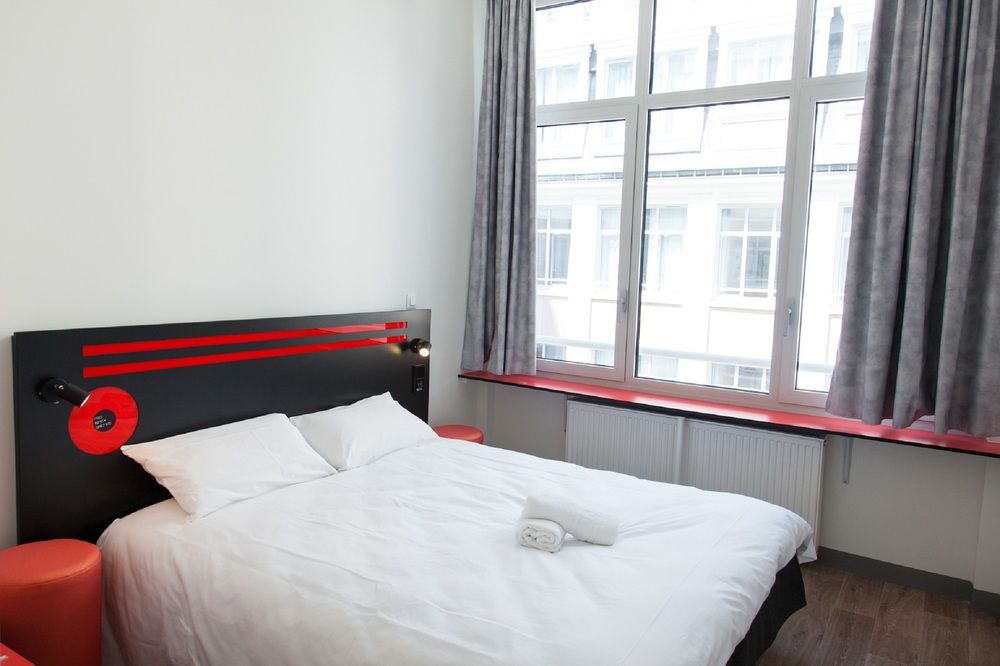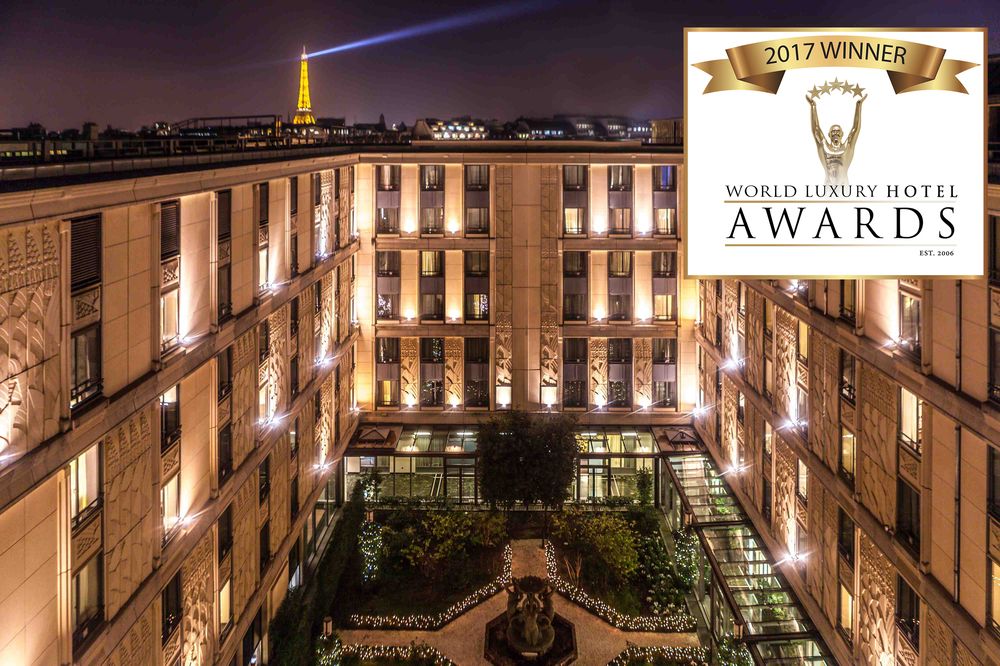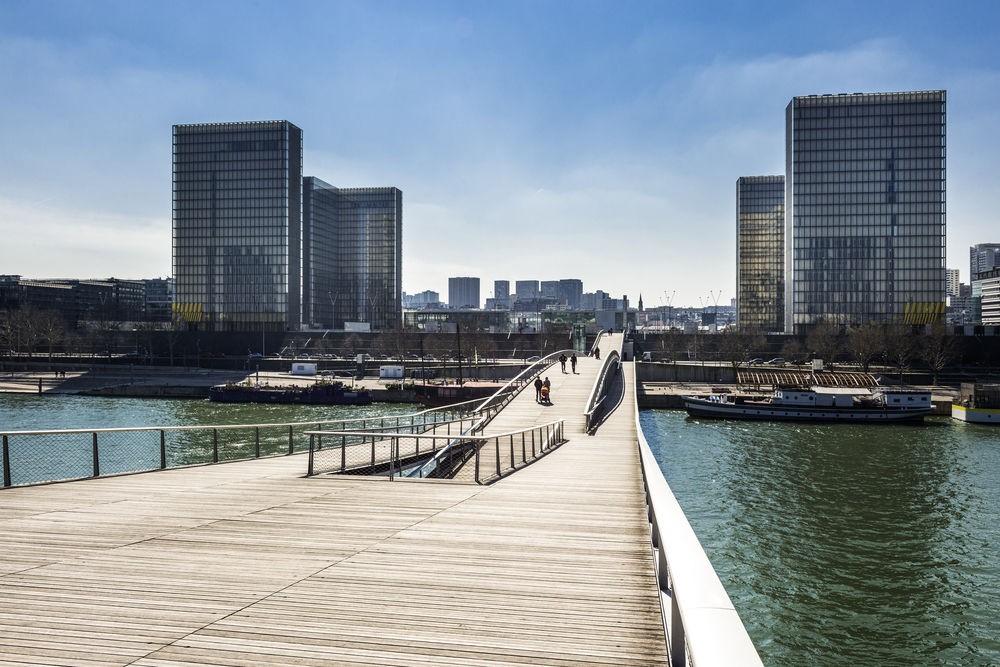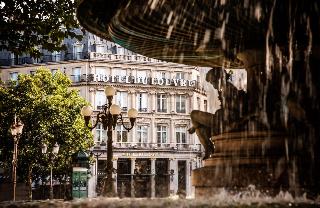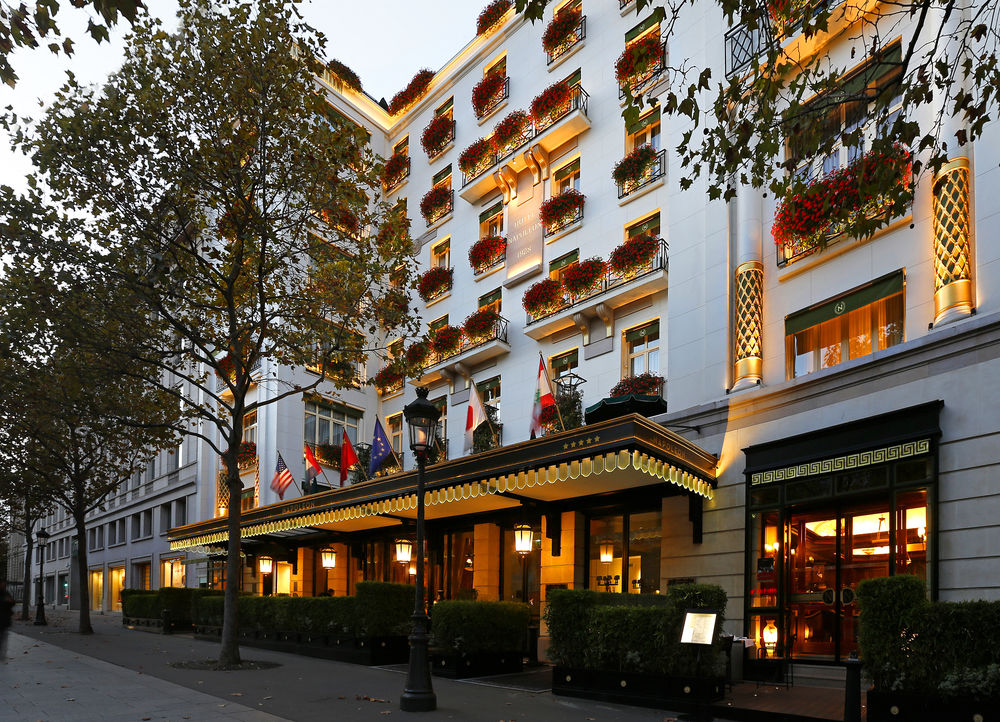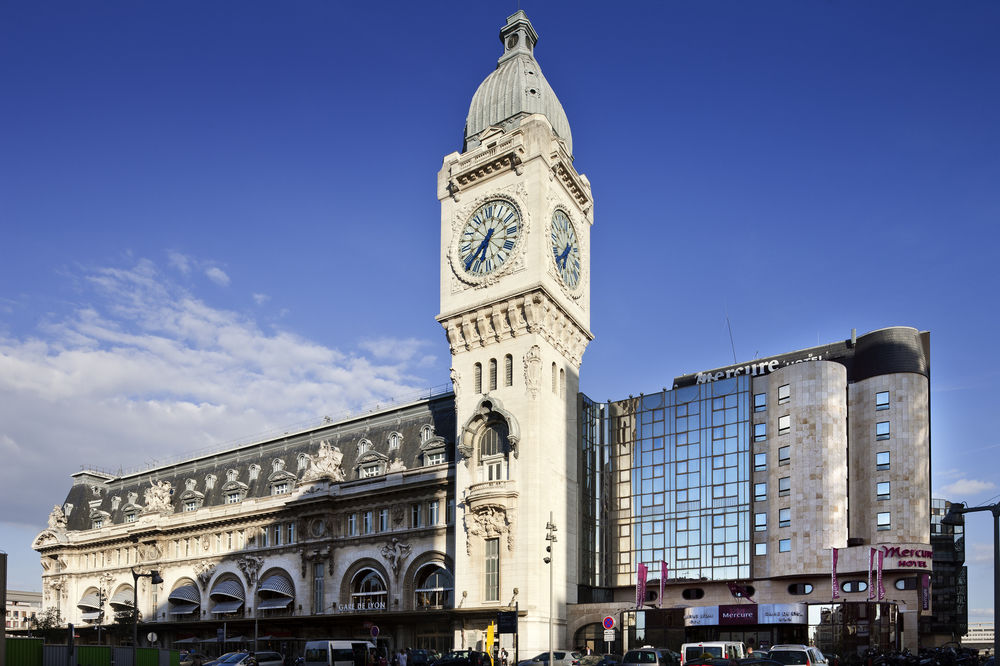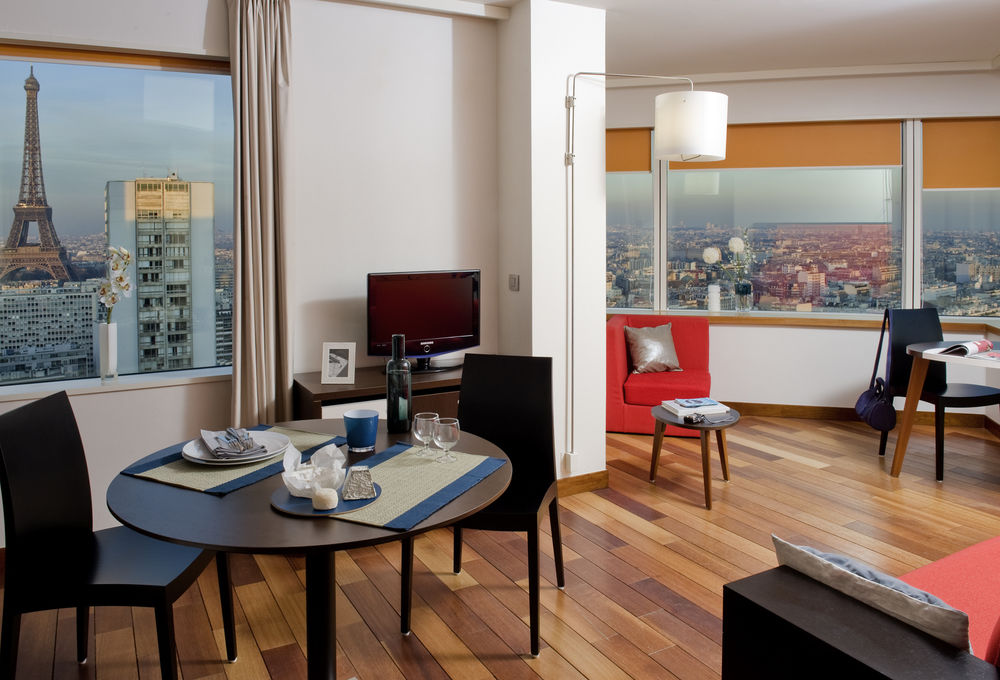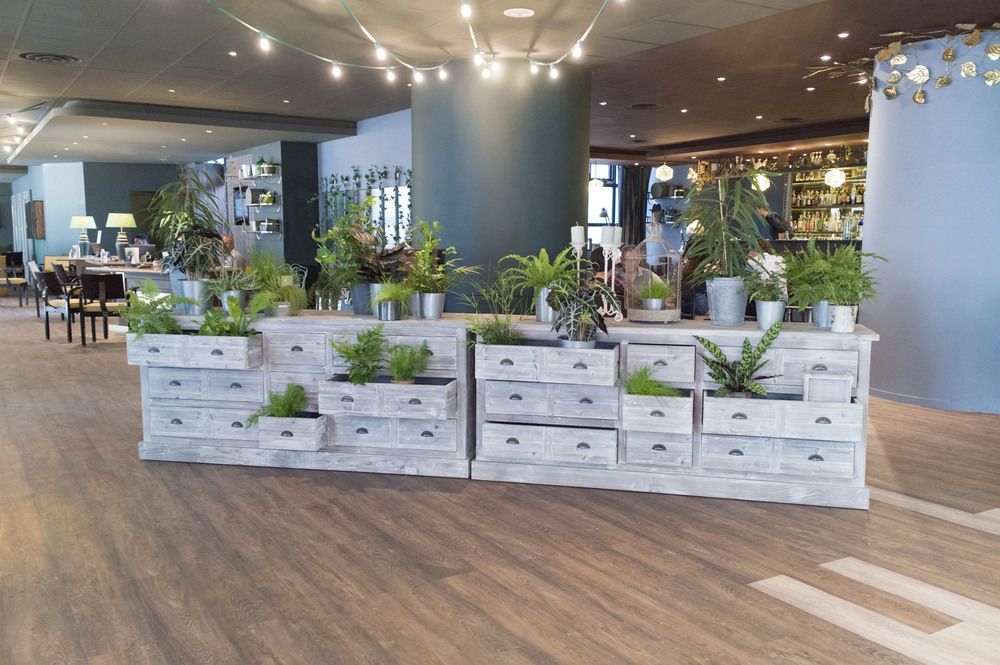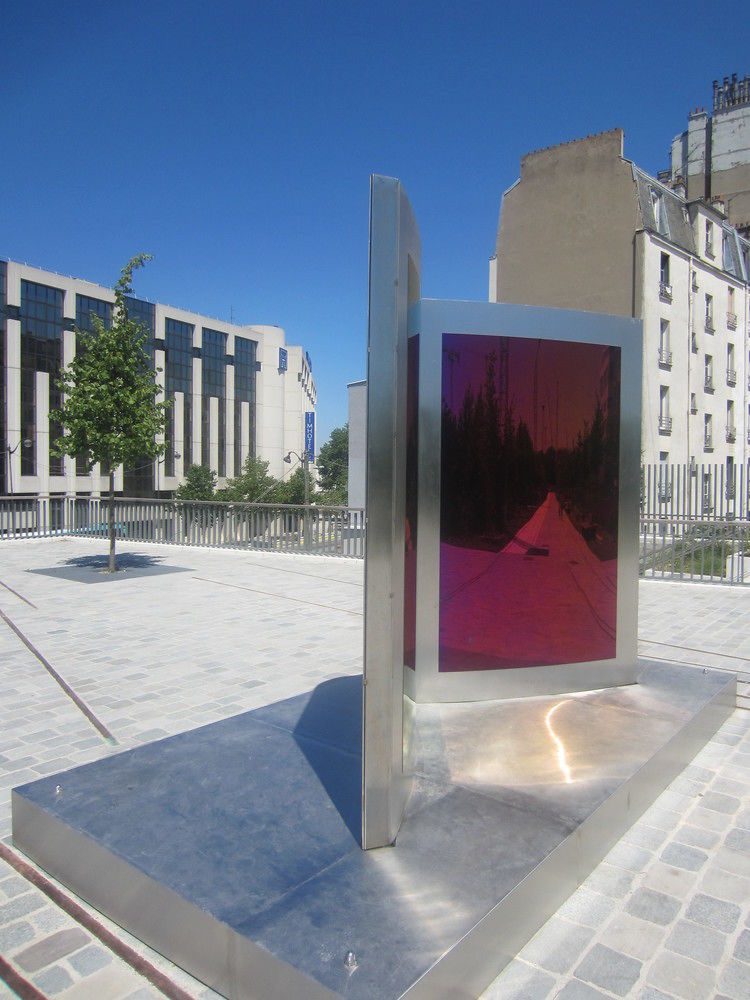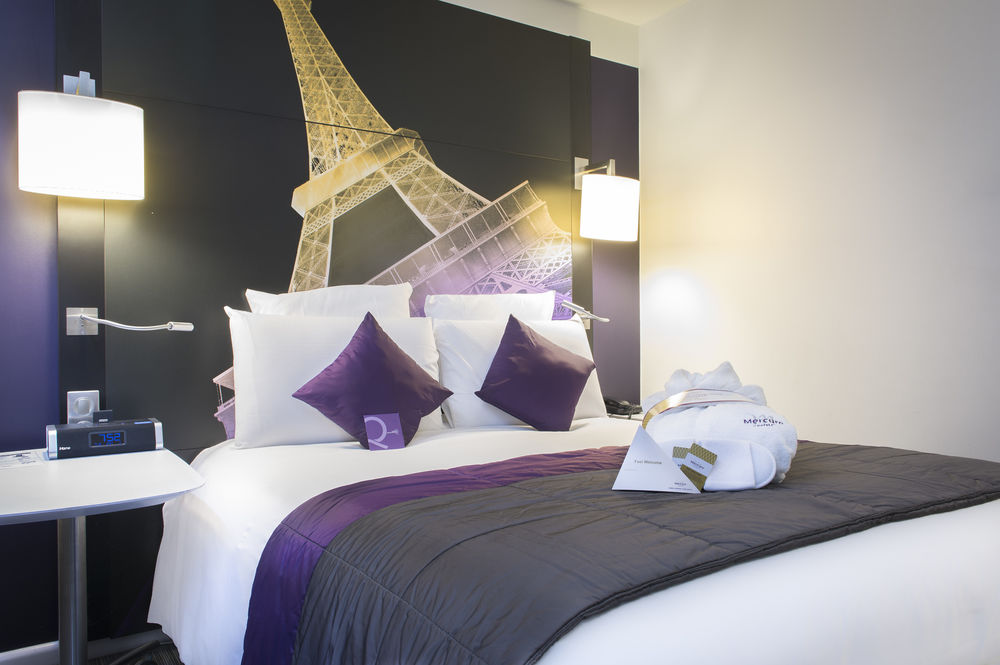
Find hotels in Paris
Lowest prices detected by AI for hotels
Best
Cheapest
Star Ratings
AI Recommended
Best Hotels In Paris
Cheapest Hotel Deals in Paris
Top Rated Hotels
5 Star Hotels in Paris
4 Star Hotels in Paris
3 Star Hotels in Paris
AI-recommended Destinations
Where to stay in Paris
More About Paris
“A city of light and love”
Paris (French pronunciation: [paʁi] ( listen)) is the capital and most populous city of France, with an area of 105 square kilometres (41 square miles) and a population of 2,206,488. With 200,000 inhabitants in 1328, Paris, then already the capital of France, was the most populous city of Europe. By comparison, London in 1300 had 80,000 inhabitants. Since the 17th century, Paris has been one of Europe's major centres of finance, commerce, fashion, science, music, and painting. The Paris Region had a GDP of €681 billion (US$850 billion) in 2016, accounting for 31 per cent of the GDP of France. In 2013–2014, the Paris Region had the third-highest GDP in the world and the largest regional GDP in the EU. According to the Economist Intelligence Unit Worldwide Cost of Living Survey in 2018, Paris was the second-most expensive city in the world, behind Singapore and ahead of Zurich, Hong Kong, Oslo and Geneva.The City of Paris's administrative limits form an East-West oval centred on the island at its historical heart, the Île de la Cité; this island is near the top of an arc of the river Seine that divides the city into southern Rive Gauche (Left Bank) and northern Rive Droite regions. Paris is the core of a built-up area that extends well beyond its limits: commonly referred to as the agglomération Parisienne, and statistically as a unité urbaine (a measure of urban area), the Paris agglomeration's 2013 population of 10,601,122 made it the largest urban area in the European Union. City-influenced commuter activity reaches well beyond even this in a statistical aire urbaine de Paris (a measure of metropolitan area), that had a 2013 population of 12,405,426, a number one-fifth the population of France, the largest metropolitan area in the Eurozone.
The city is a major rail, highway, and air-transport hub served by two international airports: Paris-Charles de Gaulle (the second busiest airport in Europe after London Heathrow Airport with 69.5 million passengers in 2017) an
 Time UTC+02
Time UTC+02 Currency EUR
Currency EUR Languages French
Languages FrenchWhat’s Special about Staypia?
Compare hotel prices in real-time
AI finds you the lowest price for hotels in Paris.
Lowest price for 3.16M hotels worldwide
Book with up to 31% extra discounts only for Staypia members.
Travel bucket list for Paris
Plan your trip with over 17K 'must see' recommendations for Paris
Frequently Asked Questions
The best hotels in Paris are Mercure Paris Centre Tour Eiffel, Novotel Paris Les Halles, ibis Paris Eiffel Tower Cambronne 15th Hotel.
The best 5 star hotels in Paris are The Hotel du Collectionneur Arc de Triomphe, Hotel du Louvre in the Unbound Collection by Hyatt, Hotel Napoleon Paris. Search for the most highly rated hotels in Paris
The most highly rated hotels in Paris are Novotel Paris Les Halles, Novotel Paris Gare De Lyon, Pullman Paris Tour Eiffel.
Generally, room reservations are subject to a free refund until the cancellation deadline. Fees may apply after the cancellation deadline, so please check the cancellation deadline on your hotel voucher or in Menu > My Reservation.
If you’re a frequent traveler, Staypia is the best place to get the best hotel deals. You can book hotels with the lowest price of 3.16 million hotels collected by AI, and receive additional discounts for members only.


